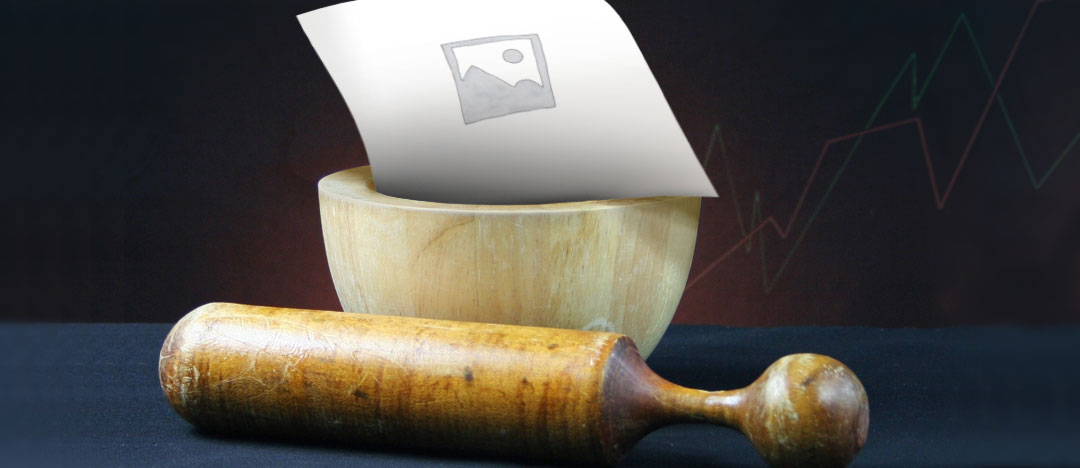The Importance of Optimizing Your Website Images for SEO

Creating visually appealing content is just as important as creating high-quality written content. Incorporating images into websites, blogs, white papers, or articles can enhance your copy and make them more attractive to both your readers and Google. In this post, we will delve into the importance of optimizing visuals for SEO and provide some tips to help you achieve the best results.
Guidelines for Using Images
When used correctly images make your website more appealing to readers, and Google. Here are some guidelines to make the most of your visuals:
- Avoid using stock images when possible. Flickr, Unsplash and the like offer Creative Commons stock image alternatives.
- If you can’t find an original or Creative Commons photo, consider using graphs or illustrations to support your point, especially when explaining complicated concepts.
- Place your image near relevant text. While Google is getting better at recognizing what’s in an image, you should be very deliberate as to where it is placed on a page. It all comes down to proximity and context. Add images close to related text and make sure the text is as relevant to the image as the image is to the text. If you have a main image or an image that you’re trying to rank for, try to keep it near the top of the page.
Additional Tips for SEO Optimized Images
Once you have found the right visual – whether it’s a photo, illustration, or chart – the next step is to prepare it for optimal SEO results.
- Give your visuals the right file name. You want Google to know what the image is about so use a keyword phrase in the image file name. For example, if you’re writing about Paris and use an image of the Eiffel Tower, the file name should not be DSC123.jpg. A more effective file name would be eiffel-tower-paris.jpg. Just remember to make sure the main subject of the photo is at the beginning of the file name.
- Resize your file. Loading times are important for UX and SEO purposes. Large images can bring the fastest websites to a crawl. Resize the image to the size you want it displayed, then compress it so that it renders quickly. There are online tools available such as TinyPNG, Squoosh, jpeg.io, Kraken.io. or JPEGmini which can reduce the file size of your WEBP, JPEG and PNG files for free or a nominal cost.
- Make your images responsive. Use the srcset attribute so visuals render correctly on computers, tablets, and mobile devices.
After you’ve optimized your images, you can test your page speed with tools like Google PageSpeed Insights, Lighthouse, WebPageTest.org or Pingdom.
Supplemental Techniques for Optimizing Your Images
Captions and alt text are two more supplemental ways to optimize your images’ SEO performance.
- Captions: Captions are the visible text that describes an image. Its proximity to an image provides contextual signals to Google. Captions are also important for people when scanning online content.
- Alt text: Alt text is used to enhance your website’s accessibility. The alt text (or alt tag) is added to an image so there is descriptive text in place if the image cannot be displayed for any reason. When adding alt tags, consider including keyword phrases that describe what is in the image so search engines can make sense of it.
Image SEO is the sum of several elements. Keep these seven points in mind when adding images to your text content for additional website visibility.
- Use a relevant image that matches your text
- Pick a good file name for your image
- Make sure image dimensions match the image size as displayed
- Use srcset if possible
- Reduce file size for faster loading
- Add a caption, if appropriate, for easier scanning of the page
- Use image alt text.
If you would need assistance optimizing your visuals, or website, feel free to contact us. We would be happy to help.
